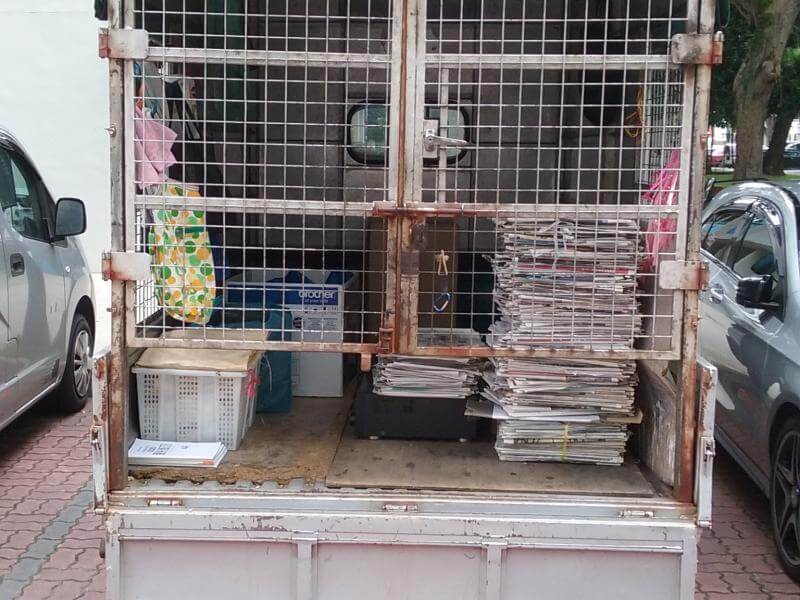Digital futures of karang guni recycling in Singapore
Lyle Fearnley, Singapore University of Technology and Design
Sydney 2018: Infrastructure and co-design
Singapore’s last remaining landfill, the man-made offshore Semakau island, is estimated to be reach capacity by 2035. As in many developed countries around the world, the government introduced a National Recycling Program to increase domestic recycling rates in response to dwindling landfill space. However, in the nearly two decades since the program was introduced, recycling rates increased only marginally and remain around twenty percent, much lower than comparable countries in Asia. Yet Singapore also has a longstanding informal recycling sector, known as karang guni (Malay for ‘gunny sack’). Primarily independent operators at the scale of one truck, karang guni drive through public housing estates and private housing neighborhoods honking a horn to indicate their presence and purchasing certain recyclable items. Although most commentators consider the karang guni a ‘vanishing trade’ that will soon be replaced by the official National Recycling Program, they remain today the primary recycling routes for newspapers and E-waste.
A classic modernization narrative would suggest that large-scale, centralized, big-technology–such as multinational Public Waste Collectors and Material Recovery Facilities (MRFs)–will outperform and replace the informal karang guni. This presentation describes an ongoing experiment to use community and participatory design practices to introduce a mobile app platform into the karang guni system in order to increase trust and communication in ways that could enhance the efficiency of recycling outcomes and improve livelihoods for karang guni recyclers. A collaboration between anthropologists and engineers, the experiment will test how digital technologies might transform informal recycling networks. Can small-scale, informal, and familiarity-based exchange networks provide more efficient and effective recycling outcomes than the National Recycling Program, challenging outdated modernization narratives? How will replacing the karang guni horn with a mobile app transform modes of work, social structures of labor and capital? Finally, by combining data collected by the app in a cloud platform with on-the-ground participant observation, what can we learn about the economy and ecology of informal recycling?

